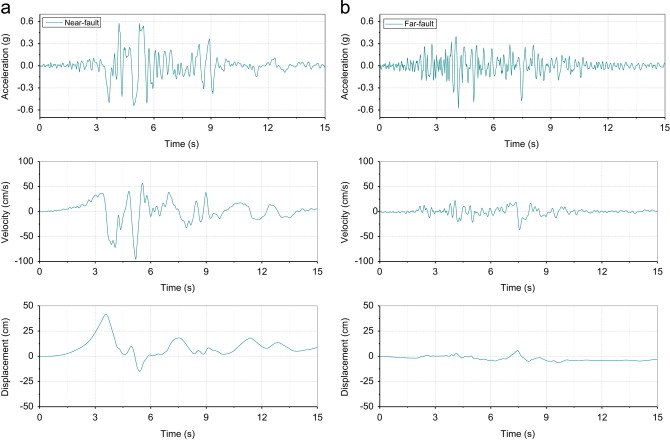Understanding Near-Fault Ground Motion: Implications for Structural Engineering

Near-Fault Ground Motion (NFGM) in Structural Engineering
Explore the heightened risk posed by NFGM to various structural forms, prompting attention from seismologists and engineers to understand its impact on seismic design.
Characterizing Parameters of Near-Fault Ground Motion
Learn about the distinct parameters of NFGM, including pulse period, amplitude, and number of predominant pulses, and efforts to represent it through equivalent pulse models.
Implications of NFGM Pulse Models on Structural Behavior
Discover how pulse models aid in quantifying seismic demands, leading to increased base shear, inter-story drift, and ductility demand in high-rise buildings due to the impulsive nature of NFGM.
Enhancing Seismic Resilience through Understanding NFGM
Understand the importance of incorporating NFGM considerations into seismic design practices to mitigate the risk of structural damage and improve overall seismic resilience.
Addressing the Gap: NFGM Considerations in Seismic Design
Highlight the necessity of integrating NFGM considerations into codal provisions and seismic design codes to ensure structures are adequately designed to withstand the effects of near-fault ground motion.
Conclusion
By comprehensively understanding and accounting for the characteristics of near-fault ground motion, structural engineers can enhance the seismic resilience of buildings and infrastructure, ultimately contributing to safer and more resilient communities.
by Dr Prabhat Kumar


